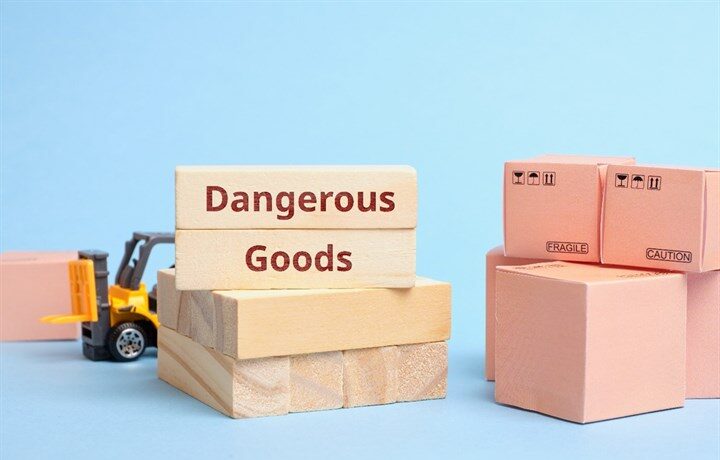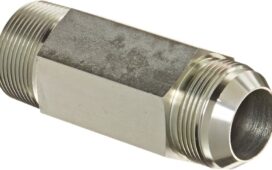When it comes to transporting hazardous materials, safety isn’t just a suggestion – it’s the law. And for good reason. An uncontrolled chemical spill can have catastrophic effects on the environment and on the health of individuals. That’s where UN certified boxes come into play.
These seemingly simple containers are rigorously tested and approved by the United Nations to ensure that the hazardous materials inside are managed safely during transport. We all depend on these boxes, whether we realize it or not. Here’s why they’re indispensable.
Understanding UN Certification
You might’ve seen the letters ‘UN’ followed by a series of numbers on hazardous material containers before. This system, implemented by the United Nations, classifies hazardous goods for transport and aims to prevent accidents and promote safety during shipping. UN certified boxes go through a series of tests and evaluations to gain their certification, ensuring they can handle the rigours of transport without leaking, breaking, or causing any other issues.
The UN performance packaging standards are set forth in the “Orange Book.” They provide the testing criteria, performance-Oriented Packaging Standards, and designation procedures for UN-approved packaging.
The Criteria and Process for Certification
UN certification for containers is not an easy feat. The containers must pass stringent tests, including pressure and stacking tests, drop tests, vibration tests, and leakproofness tests. Each test simulates different potential hazards during regular shipping, ensuring that when a container is UN certified, it’s truly fit for the job.
The process starts with the manufacturer submitting a request to a competent authority. If the design passes review, a sample is made and sent to a UN testing facility. If all goes well, a certificate is issued, and the container can bear the UN symbol along with the certification number.
The Benefits of Using UN Certified Boxes
For shippers, the use of UN certified boxes can’t be overstated. They’re a ticket to compliance, safeguarding against fines and ensuring that all shipments are safe. For the environment, it’s a victory every time hazardous materials are transported without incident or spill.
These benefits include:
- Legal compliance with international shipping laws
- The prevention of leaks, spills, or other accidents that can cause physical harm and environmental damage
- Fully engineered design to prevent the hazardous materials from reacting with the package
- Companies that value safety and environmental responsibility often fetch a higher reputation and stakeholder trust
Common Uses
There are many instances where UN certified boxes are required or highly recommended. Industries like chemical manufacturing, pharmaceuticals, and waste management use them extensively. However, even seemingly innocuous items like paint, batteries, and aerosols could fall under the category of hazardous materials and require appropriate certified packaging.
For instance, the nuclear industry ships used radioactive materials in UN certified containers to prevent contamination. Similarly, medical industries use them for shipping infectious substances.
How to Choose the Right Box
Choosing the right UN certified box for your needs can be a detailed process, involving understanding the specific hazards of your material, the duration of transport, and laws governing each mode of transportation. When considering your options, look for factors like the integrity of the materials, compatibility with the hazardous substance, and adherence to any specific UN standards for the material and packaging mixture.
Furthermore, the box should be suitable for the mode of transport. It might need to be watertight for shipping offshore, for example. It’s also worth examining the manufacturer’s track record with similar materials and uses.
Conclusion
The use of UN certified boxes is a dynamic interplay between safety, legality, and environmental responsibility. Following the stringent testing and certification process, these containers ensure that hazardous materials can be moved from point A to point B with minimal risk. It’s an investment in safety that no shipper can ignore and an assurance of our collective effort to preserve our world while we conduct essential business.
When you consider the big picture, the reliance on these seemingly mundane boxes is clear. They are the silent sentries that guard against the worst possible outcomes of transporting hazardous materials. The next time you receive a package that’s been safely transported from afar, remember the UN certified box that likely played a vital, if unassuming, role in making it happen.












